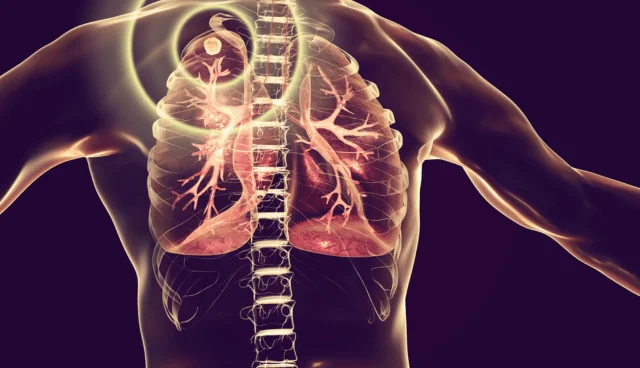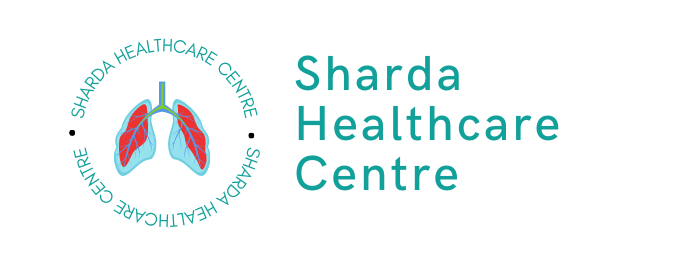
What is TB: Causes, Symptoms, Treatment, and Management
Tuberculosis, commonly abbreviated as TB, is a bacterial infection caused by Mycobacterium tuberculosis. It is a disease that has plagued humanity for centuries and remains a significant global health concern. In this comprehensive blog post, we will explore what TB is, its symptoms, diagnostic tests, causes, and most importantly, its treatment and management. By the end of this article, you will have a thorough understanding of tuberculosis and its impact on public health.
TB Definition
Tuberculosis, often referred to as TB, is a contagious disease caused by the bacterium Mycobacterium tuberculosis. This bacterium primarily affects the lungs but can also target other parts of the body, such as the kidneys, spine, and brain. TB spreads through the air when an infected person coughs or sneezes, releasing tiny droplets containing the bacteria.
TB Symptoms
- Pulmonary Tuberculosis Symptoms: The most common form of TB is pulmonary tuberculosis, which primarily affects the lungs. Symptoms of pulmonary TB include persistent cough, chest pain, coughing up blood, fatigue, weight loss, fever, and night sweats. These symptoms can be mild initially, making diagnosis challenging.
- Extra-Pulmonary Tuberculosis Symptoms: TB can also affect other parts of the body, leading to symptoms specific to the affected area. For example, if TB infects the spine, it can cause back pain and stiffness.
TB Diagnosis
Diagnosing TB is crucial for timely treatment and preventing its spread. Several tests are used to confirm TB infection:
- TB Test (Mantoux Test): Also known as the tuberculin skin test, the Mantoux test involves injecting a small amount of TB protein under the skin. A positive reaction indicates exposure to TB bacteria, but it cannot differentiate between active and latent TB.
- Blood Tests: Blood tests, such as the Interferon-Gamma Release Assays (IGRAs), measure the body’s immune response to TB. They can help differentiate between active and latent TB.
- Sputum Culture: This test involves collecting a sample of sputum (mucus coughed up from the lungs) and culturing it to detect the presence of Mycobacterium tuberculosis.
- Chest X-Ray: X-rays can reveal abnormalities in the lungs, such as lesions or cavities, which are indicative of active TB.
Causes of TB
Understanding the causes of TB is essential for prevention:
- Mycobacterium Tuberculosis: The primary cause of TB is infection with Mycobacterium tuberculosis, a bacterium that can remain dormant in the body for years before becoming active.
- Transmission: When a person with TB coughs, sneezes or chats, the disease is mostly spread through the air. Close physical contact with an infected person raises the possibility of transmission.
- Weakened Immune System: People with weakened immune systems, such as those with HIV/AIDS, malnutrition, or diabetes, are more susceptible to TB infection.

TB Treatment
TB is a treatable disease, but successful treatment requires a multi-drug regimen and strict adherence to the prescribed medications. Here are the key aspects of TB treatment:
- Medication: TB is typically treated with a combination of antibiotics. The most common drugs used include isoniazid, rifampicin, pyrazinamide, and ethambutol. The exact combination and duration of treatment depend on the type and severity of TB.
- Treatment Duration: TB treatment is lengthy, lasting several months to a year or more. Completing the entire course of medication is crucial to prevent drug resistance.
- Directly Observed Therapy (DOT): In some cases, healthcare providers may use DOT, where patients take their medication under supervision to ensure adherence.
- Drug Resistance: Drug-resistant TB is a growing concern. If a patient does not complete their treatment as prescribed, the bacteria can develop resistance to the drugs, making the infection more challenging to treat.
TB Management
TB management extends beyond treatment. It involves several key aspects:
- Infection Control: Preventing the spread of TB is essential. Infected individuals should practice good respiratory hygiene, such as covering their mouth and nose when coughing or sneezing, and wearing a mask to protect others.
- Contact Tracing: Identifying and testing individuals who have been in close contact with TB patients helps detect and treat new cases promptly.
- Preventive Therapy: People at high risk of TB infection, such as household contacts of TB patients, may receive preventive therapy to reduce the risk of developing active TB.
- Vaccination: The Bacillus Calmette-Guérin (BCG) vaccine provides partial protection against TB, especially in children. However, its effectiveness varies.
- Health Education: Raising awareness about TB, its symptoms, and prevention measures is crucial for reducing the disease’s burden.
Conclusion:
Tuberculosis, caused by Mycobacterium tuberculosis, is a significant global health concern. It manifests primarily as pulmonary tuberculosis, with symptoms like persistent cough, chest pain, and weight loss. However, TB can also affect other organs, leading to various symptoms.
Diagnosing TB involves tests like the Mantoux test, blood tests, sputum culture, and chest X-rays. Early diagnosis is essential for timely treatment. TB treatment requires a multi-drug regimen and strict adherence to medication to prevent drug resistance.
Preventing the spread of TB involves infection control measures, contact tracing, and health education. Additionally, vaccination with the BCG vaccine can provide partial protection, especially in children.
In conclusion, understanding TB, its symptoms, diagnostic methods, causes, and treatment is crucial for effectively combating this infectious disease. Public health efforts must continue to focus on prevention, early detection, and treatment to reduce the global burden of tuberculosis. By staying informed and taking appropriate measures, we can work towards a world where TB is no longer a major health threat.
